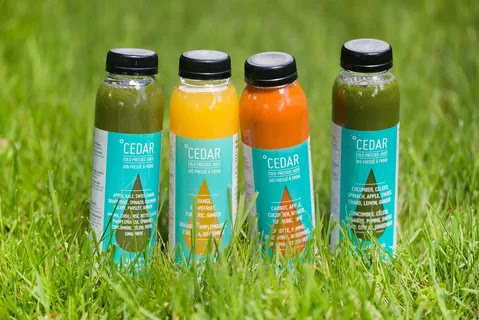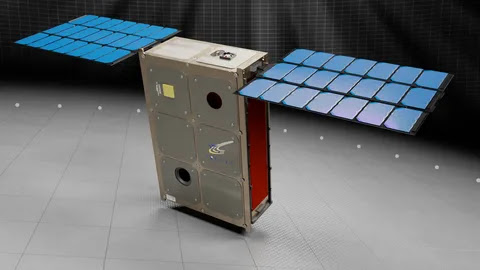Juice Prepared By Hydraulic Press From Fruits And Vegetables Is Cold-Pressed Juice
Cold pressed juices
Cold pressed juice is juice made from fruits and vegetables using a
hydraulic press. The cold-pressed juice process does not require spinning or
blades, but rather uses high-pressure processing to improve the shelf life of
juice and make it last longer than conventional juice. Cold-pressed juice can
also be stored in the refrigerator for up to five days. These juices are pricey
because they are made entirely of fruits and vegetables and include no
chemicals. Cold-pressed juice retains and maintains the components of
vegetables and fruits, including vitamins, enzymes, minerals, and other
nutrients.
As opposed to other processes
like as centrifugal or single auger. Cold
pressed juices can be stored in the refrigerator for up to three days
without pasteurisation or high-pressure processing (HPP) when phytochemical and
micronutrient degradation occurs. Some juicers feature oxidation-delaying
technology, which allows for somewhat longer storage in refrigerators. Cold Pressed juice type of juice has
been made professionally for decades, but it has become more popular in several
nations since 2013. These juices are generally more expensive than other types
of drinks because they are produced entirely of fruit and vegetables with no
added ingredients. In the United States, for example, it has been reported that
an A 12-ounce (355mL) bottle could cost up to US$12.
Cold-pressed juice is made in two steps. The fruits or vegetables
are first shred or compressed into a pulp. A steel rotating disc is used in the
shredding process in industrial production. Produce is typically put into
a huge hopper feeding tube and falls into a filter bag. The hydraulic press is
the second operation, which exposes the shredded produce to tremendous
pressures between two plates. The pressure causes the produce's juice and water
content to drip into a collection tray below, leaving the fibre content in the
filter bag. The pomace that is left over is usually composted, recycled in food
items, or discarded.
We've all had the delightful
taste of freshly squeezed orange juice in the morning. But what exactly is
cold-pressed juice? What makes it different from freshly squeezed? Cold-pressed juice is manufactured in a
variety of ways. Their extraction processes distinguish them from one another.
Cold-pressed juice is created with a unique juicer that juices the fruits and
vegetables using a hydraulic press and a slow pulverizer. This isn't the type
of juicer you'd find in a bodega or in your kitchen. The juicer you're more
familiar with is known as a centrifugal juicer. extract juice from fruits and
vegetables, is used to make freshly squeezed juice. Because the centrifugal
juicer's metal blades they generate heat because they spin so fast. This heat
eventually breaks down the vital enzymes found in fruits and vegetables. The
quick spinning also introduces air into the mix, oxidising the juice and
further degrading its nutrients. This produces a freshly squeezed, pulpy juice
that is delightful and flavorful but lacks the nutritious value of cold-pressed
juice.




Comments
Post a Comment